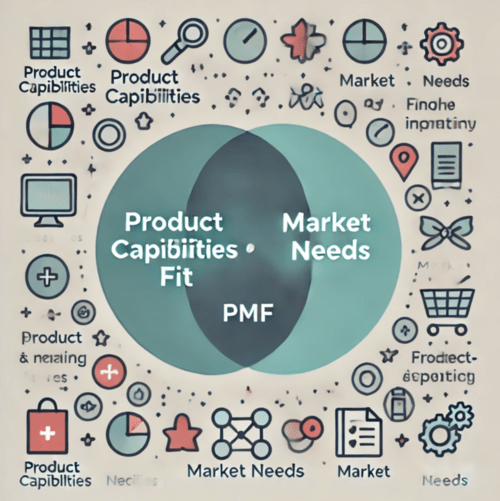“Pre-script” note: This article may have a lot of jargons or abbreviations that might not be extremely clear to all, please feel free to reach out in case of any doubts.
The decision to scale campaigns often hinges on key metrics like LTV (Lifetime Value) and CAC (Customer Acquisition Cost). A common benchmark is an LTV to CAC ratio of 3, suggesting that for every dollar spent on acquiring a customer, the business should expect to earn three dollars in return. However, this ratio alone isn’t a definitive signal to scale your marketing efforts. Here’s why:
1. Understanding the LTV to CAC Ratio

The LTV to CAC ratio provides insight into the profitability of acquiring new customers. A ratio of 3:1 indicates a healthy margin, where the revenue generated from a customer significantly outweighs the cost to acquire them. This metric is crucial for assessing the efficiency and sustainability of your marketing strategy.
If you are a start-up –
Ensure you are not dependent on just paid campaigns, you have to look at marketing your product holistically –
Find the PMF and shortlist the use cases and industries you are solving the gaps in:
- Create awareness and product discoverability – Where is your TG consuming content – no it is not just LinkedIn.
- Ensure they are engaged – Publishing right use-case contempt, testimonials, product videos.
- Thought leadership – Knowing your PMF is the key to creating thought leadership, if you know the market gap/ problem you are solving, in and out, that’s what will help keep you that the top.
- Validations – Publishing testimonials and case studies along with good ratings and reviews on right platforms for SAAS is important aspect.
- ABM Setup and tracking – when you think from all aspects, taking a targeted approach becomes crucial (refer to my article on ABM to understand this in detail).
Tracking LTV: CAC will help understand whether all the activities you are doing are working out. As a start-up you may be at a CAC of 100%, if all activities are done right, you will start seeing your CAC gradually go down month on month and should settle at 30% by the end of the year.
If you are an established SAAS- meaning you already have points a to f to be taken care of, if not then please use it like a checklist. Now the decision lies in whether and when to scale? One line answer to this is if you see a trend of CAC reduction for 2 quarters, scale the marketing activities by 10% month on month. Analyse the LTV:CAC ratios and trend.

2. Holistic Marketing Approach
Don’t Rely Solely on Paid Campaigns: A ratio of 3:1 might tempt you to scale up your paid marketing efforts. However, over-reliance on paid channels can lead to diminishing returns. As competition increases and costs rise, the effectiveness of paid campaigns can wane. It’s vital to balance paid efforts with other marketing strategies.
Integrate Multiple Channels: Scaling should involve a mix of content marketing, social proofing, community building, and partnerships. Developing valuable content and leveraging social proof can enhance organic growth and reduce dependency on paid channels. Effective community management and strategic partnerships also contribute to sustainable growth.
3. Scaling with Caution
Evaluate the Customer Journey: Before scaling, ensure you have a comprehensive understanding of your customer journey. Analyze how your current strategies are performing at different stages of the funnel. Identifying strengths and weaknesses will help refine your approach and optimize customer acquisition.
Focus on Retention and Expansion: A high LTV to CAC ratio often reflects strong customer retention and upsell opportunities. Invest in strategies that enhance customer satisfaction and loyalty, which can further improve LTV. Customer success initiatives, personalized engagement, and additional product features can contribute to higher retention and expansion revenue.
4. Measuring and Adapting
Continuous Monitoring: Scaling should be accompanied by continuous monitoring of key metrics. Track the performance of your marketing channels, customer acquisition costs, and lifetime value. Adjust your strategies based on data-driven insights to maintain an optimal balance.
Adjust for Market Dynamics: Market conditions and customer preferences can change rapidly. Stay agile and be prepared to adapt your strategies to evolving trends. Regularly reviewing and adjusting your approach will help sustain growth and ensure long-term success.

Check Out Our Blog for
Conclusion
While an LTV to CAC ratio of 3:1 is a positive indicator, it’s not a green light to indiscriminately scale marketing efforts. A balanced and holistic approach, integrating various marketing strategies, and focusing on customer retention will lead to more sustainable growth. By understanding your customer journey, continuously monitoring performance, and adapting to market changes, you can achieve long-term success and optimize your SaaS marketing efforts effectively.
